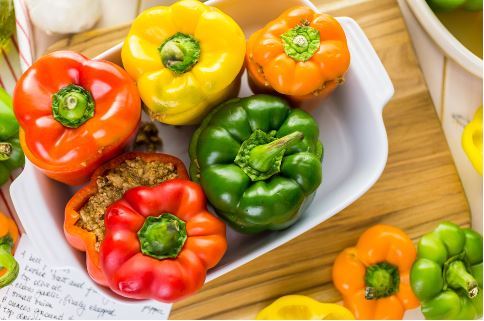1 – Chen Y-T, Cornblath M, Sidbury JB, “Cornstarch therapy in type 1 glycogen-storage disease,” N Engl J Med 310:1721–1725, 1984.
2 – Johnson EL, “Glycemic variability in type 2 diabetes mellitus: oxidative stress and macrovascular complications,” Adv Exp Med Biol 2012;771:139-54.
3 – Jung U.J., Choi M.S., “Obesity and its metabolic complications: The role of adipokines and the relationship between obesity, inflammation, insulin resistance, dyslipidemia and nonalcoholic fatty liver disease,” Int. J. Mol. Sci. 2014;15:6184–6223. doi: 10.3390/ijms15046184.
4 – Robertson M.D., “Dietary-resistant starch and glucose metabolism,” Curr. Opin. Clin. Nutr. Metab. Care, 2012;15:362–367, doi: 10.1097/MCO.0b013e3283536931.
5 – Zhang L, Li HT2, Shen L, Fang QC, Qian LL, Jia WP, “Effect of Dietary Resistant Starch on Prevention and Treatment of Obesity-related Diseases and Its Possible Mechanisms,” Biomed Environ Sci., 2015 Apr;28(4):291-7, doi: 10.3967/bes2015.040.
6 – Paredes S, Ribeiro L, “Cortisol: the villain in metabolic syndrome?” Rev Assoc Med Bras., 2014 Jan-Feb;60(1):84-92.
7 – Bird A.R., Conlon M.A., Christophersen C.T., Topping D.L., “Resistant starch, large bowel fermentation and a broader perspective of prebiotics and probiotics,” Benef. Microbes, 2010;1:423–431, doi: 10.3920/BM2010.0041.
8 – Ibid











